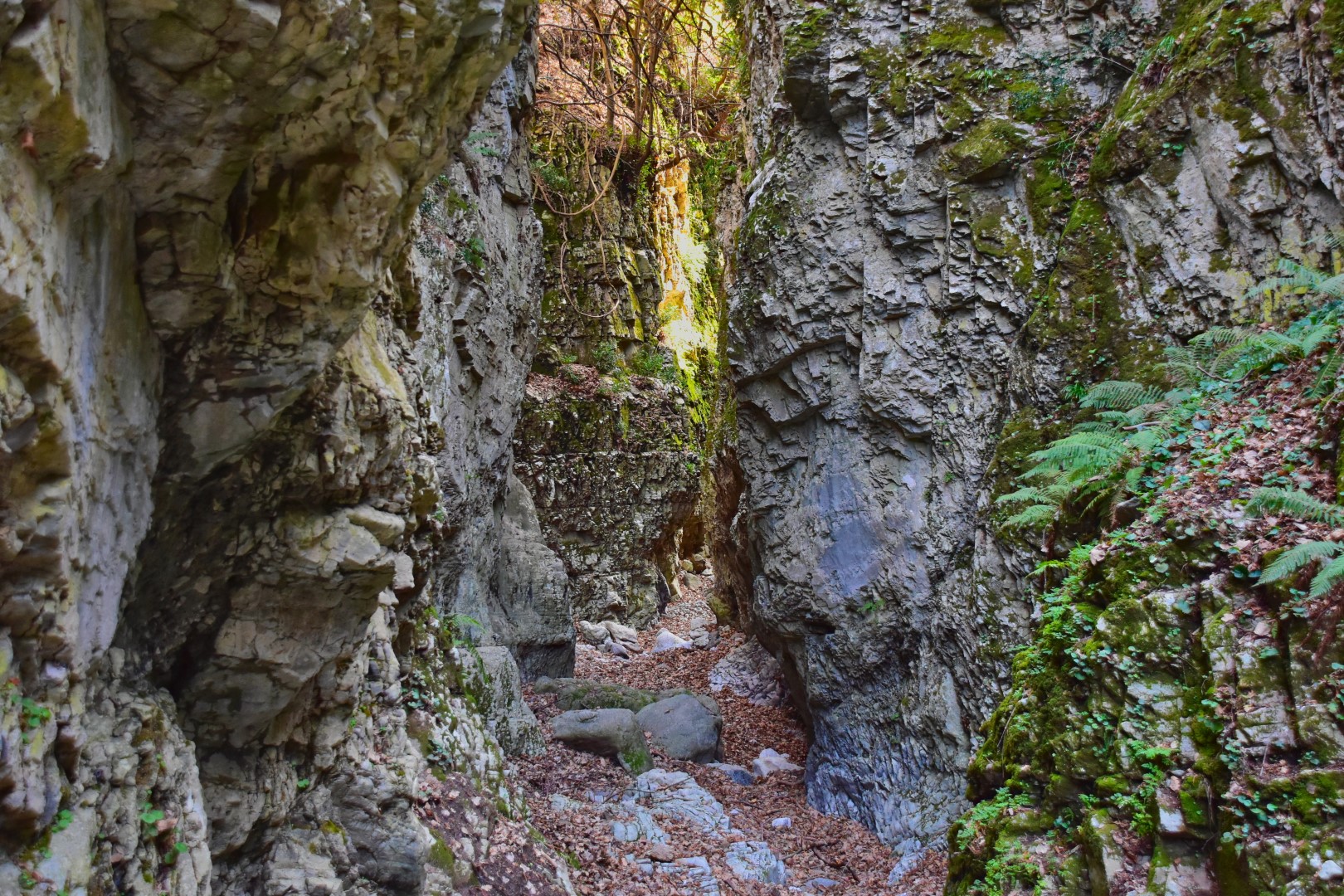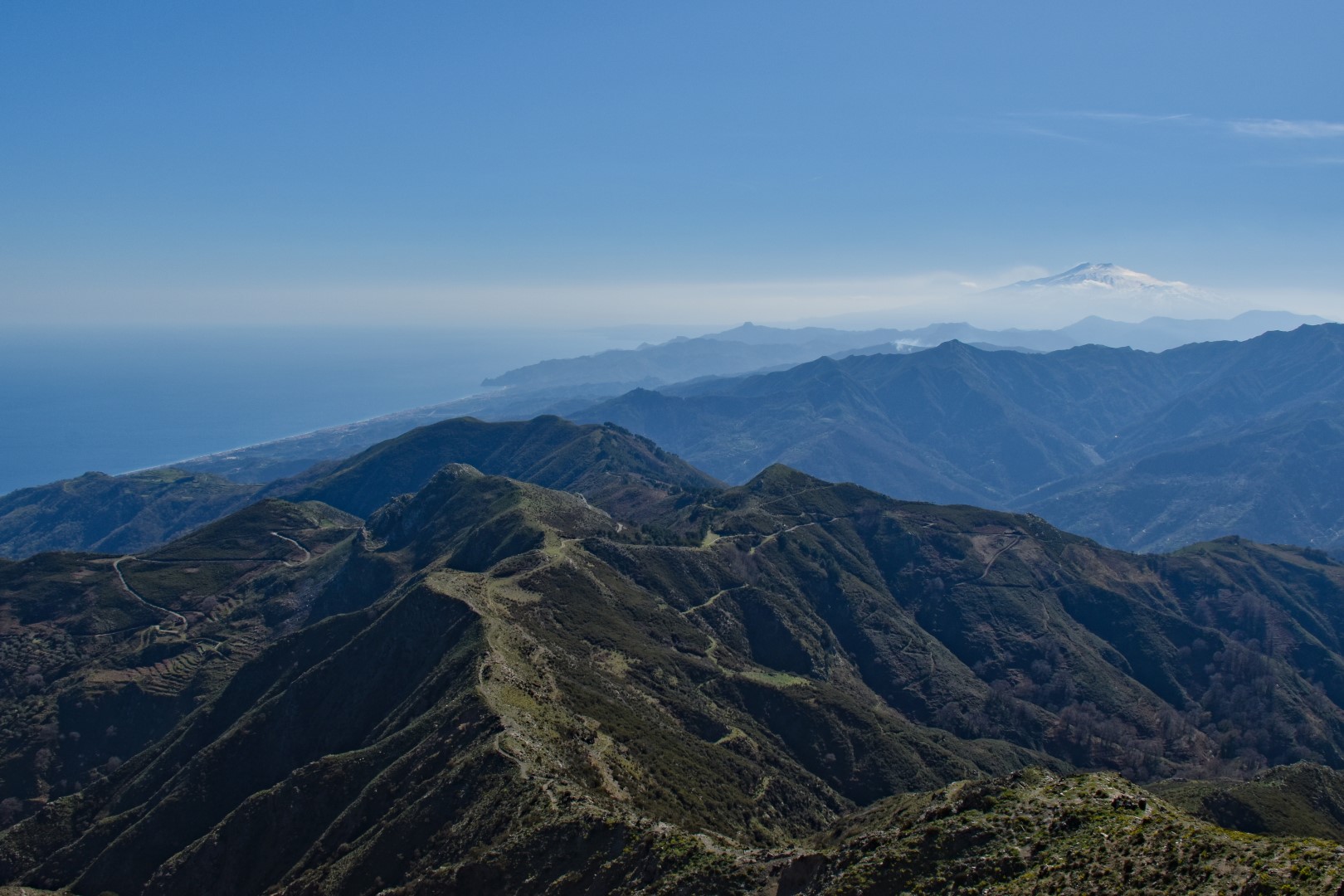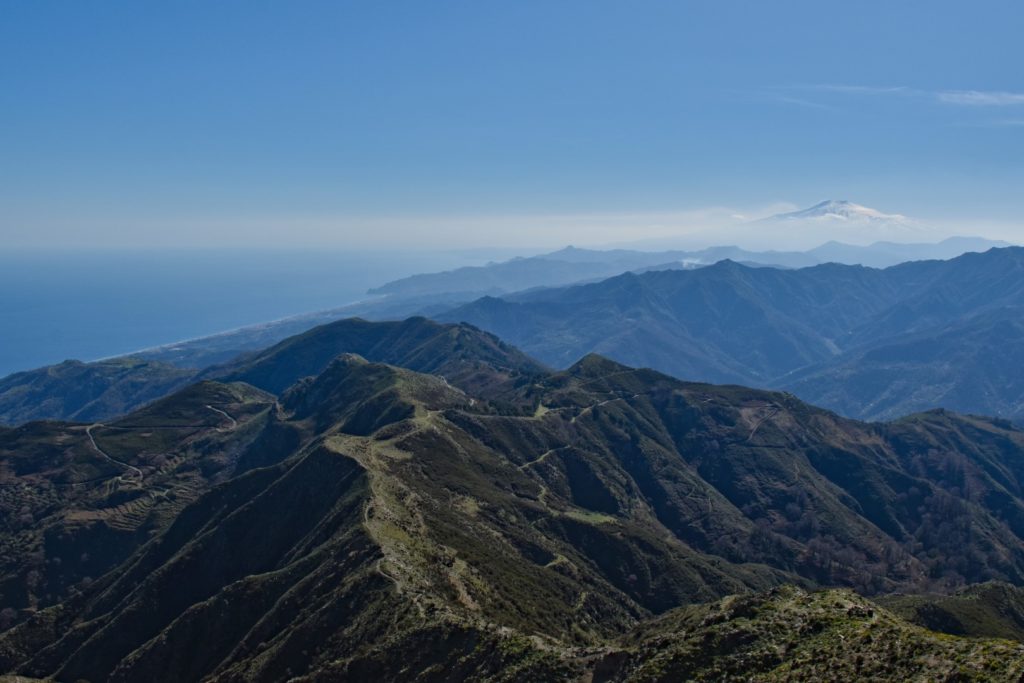Useful Info > Rules to Follow
The Oriented Nature Reserve “Fiumedinisi and Monte Scuderi,” has an institutionally recognized value due to the exercise of the constraints of environmental protection of biodiversity and ecosystems.
The Oriented Nature Reserve “Fiumedinisi and Monte Scuderi,” has an institutionally recognized value due to the exercise of the constraints of environmental protection of biodiversity and ecosystems.
At the boundary of the reserve areas (zone A) a pre-reservation area is identified (zone B) controlled development in order to integrate the surrounding area into the environmental protection system. There are important regulations to be followed in these areas to ensure the protection of the landscape, natural elements, flora and fauna; they can be highlighted by clicking the map image below.
Some sections of the Reserve Trails, fall in areas of very high geomorphological hazard (P4) and high geomorphological risk (R3) due to the unstable nature of the rocky ridges. Hence the need to take appropriate warning measures (P.D. No. 09/AdB of 06/05/2021):
It is recommended that such measures be taken because the rocky slopes facing the valley are characterized by instability due to the possible occurrence of collapse as a result of certain uncontrollable natural phenomena (seismic event, heavy rainfall, root thrust wedging into rock cracks, etc.).


Ferma restando l’osservanza dei divieti previsti dalla vigente normativa statale e regionale in materia di tutela dei beni culturali ed ambientali e del paesaggio, di tutela del suolo, delle acque e dell’aria dagli inquinamenti, di forestazione e polizia forestale e di esercizio venatorio e fermi restando, altresì, i divieti di cui all’art. 17 della legge regionale 6 maggio 1981, n. 98 e successive modifiche ed integrazioni, nella “Zona A” di riserva è vietato:

Ferma restando l’osservanza dei divieti previsti dalla vigente normativa statale e regionale in materia di tutela dei beni culturali ed ambientali e del paesaggio, di tutela del suolo, delle acque e dell’aria dagli inquinamenti, di forestazione e polizia forestale e di esercizio venatorio e fermi restando i divieti di cui all’art. 17 della legge regionale 6 maggio 1981, n. 98 e successive modifiche ed integrazioni, nella “Zona B” di pre-riserva è vietato:

Without prejudice to the observance of the prohibitions provided for in the current state and regional regulations on the protection of cultural and environmental heritage and landscape, protection of soil, water and air from pollution, forestry and forest police and hunting exercise, and without prejudice, also, to the prohibitions set forth in Art. 17 of the regional law of May 6, 1981, no. 98 as amended and supplemented, in the reserve “Zone A” is prohibited:

Without prejudice to compliance with the prohibitions provided for in current state and regional regulations on the protection of cultural and environmental heritage and landscape, protection of soil, water and air from pollution, forestry and forest police, and hunting exercise, and without prejudice to the prohibitions set forth in Art. 17 of the regional law of May 6, 1981, no. 98 as amended and supplemented, in “Zone B” of pre-reservation is prohibited: